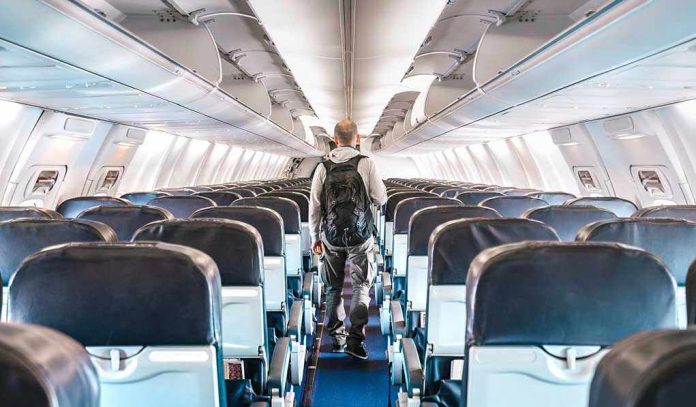
Travel experts reveal why 32% of American families are now skipping vacations entirely, but the solution isn’t staying home—it’s mastering a completely different approach to travel planning.
Story Overview
- Post-pandemic travel costs have skyrocketed, forcing one-third of Americans to abandon vacation plans
- Industry experts have identified specific booking windows and strategies that can slash travel expenses by hundreds of dollars
- Alternative accommodations and transportation methods are reshaping how savvy families approach vacation planning
- Digital tools and flexible planning have become essential weapons against inflation-driven price increases
The New Reality of Family Travel Economics
The vacation dream has collided with harsh economic reality. Between 2022 and 2024, travel demand surged as pandemic restrictions lifted, but supply chain disruptions and inflation created a perfect storm of rising costs. Airlines, hotels, and rental car companies found themselves unable to meet demand while managing higher operational expenses. The result? Family vacation budgets that once covered a week at the beach now barely fund a long weekend.
This economic shift represents more than temporary market volatility. The travel industry experienced unprecedented disruption when demand essentially disappeared in 2020-2021, then exploded back to life in 2022. Companies scrambled to rebuild capacity while managing inflationary pressures across every aspect of their operations, from fuel costs to worker wages.
Timing Strategies That Actually Work
Travel experts have identified precise booking windows that can dramatically impact vacation costs. For domestic flights, the sweet spot lies between one and three months before departure. International travel requires more planning, with optimal booking occurring two to eight months in advance. These windows aren’t arbitrary—they reflect airline pricing algorithms and demand patterns that have evolved in the post-pandemic landscape.
The key lies in understanding that airlines now adjust prices more frequently and dramatically than before 2020. Fare tracking tools have become essential for families serious about vacation savings, allowing travelers to monitor price fluctuations and strike when costs drop. This approach requires patience but can yield savings of hundreds of dollars per family.
Accommodation Revolution Beyond Hotels
The accommodation landscape has fundamentally shifted as families seek alternatives to increasingly expensive hotels. Vacation rentals, guesthouses, and even hostels designed for families now offer viable options that traditional travelers might have overlooked. These alternatives often provide more space and kitchen facilities, enabling additional savings through reduced dining expenses.
Location flexibility within destinations can unlock significant savings. Staying slightly outside city centers or tourist zones often reduces accommodation costs by 30-50% while still providing access to primary attractions. Public transportation and rideshare services have improved in most major destinations, making these peripheral locations more practical than ever before.
Transportation Tactics for the Budget-Conscious
Rental car costs have become prohibitively expensive in many destinations, forcing families to reconsider transportation strategies. Public transit systems, bike rentals, and rideshare services often provide more economical options while eliminating parking fees and navigation stress. Many cities now offer comprehensive day passes that include multiple transportation modes and attraction discounts.
For families committed to driving, car sharing services and peer-to-peer rental platforms frequently offer better rates than traditional rental agencies. These alternatives require more research and planning but can deliver substantial savings, particularly for longer trips where rental costs accumulate significantly.
Maximizing Rewards and Loyalty Programs
Travel rewards points and loyalty programs have become crucial tools for offsetting increased travel costs. Families who strategically accumulate points through everyday spending can often cover significant portions of vacation expenses. The key lies in understanding which programs align with preferred destinations and travel styles, then concentrating spending to maximize point accumulation.
Credit cards offering travel rewards require careful management to avoid interest charges that negate savings benefits. However, responsible users can leverage sign-up bonuses and category spending multipliers to accelerate point earning. Some programs now offer more flexible redemption options, including statement credits for travel-related expenses beyond traditional flight and hotel bookings.
Sources:
Ocean Lodge Resort – Insider Tips for Traveling on a Budget in 2025
AZ Central Credit Union – Save for Vacation Without Sacrificing Budget
South State Bank – The Guide to Traveling on a Budget













